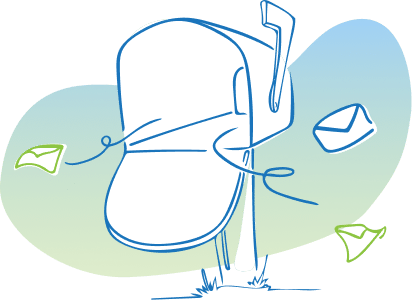Menopause, Sleep Habits, and Weight Gain: Reasons to Prioritize Sleep for Women Over 50
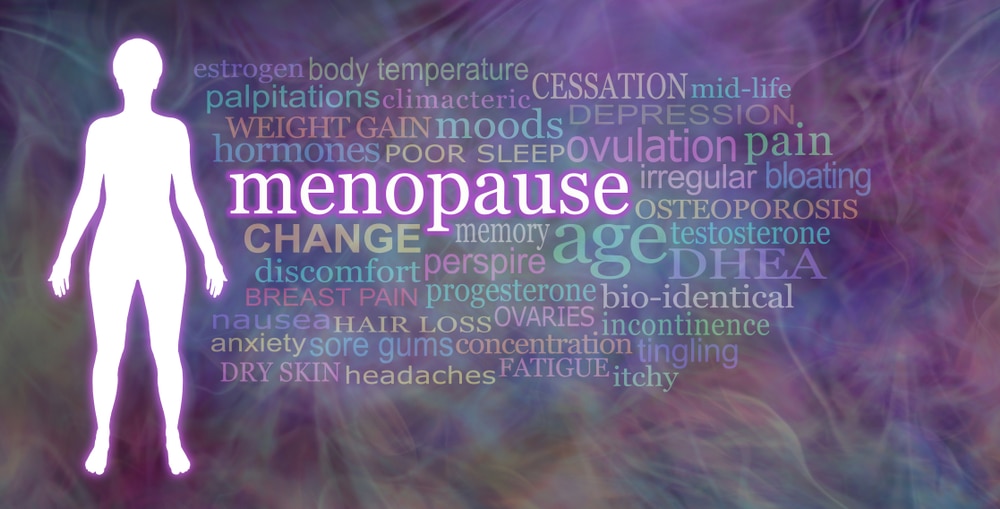
Menopause is a natural transition that many women go through as they age. It can bring about physical and emotional changes, including sleep disturbances such as insomnia and sleep apnea due to sleep fragmentation which has been linked to weight gain. Both of these health issues can lead to serious health consequences if left untreated. […]
Unraveling the Mysteries of Sleep: Common Disorders and Solutions
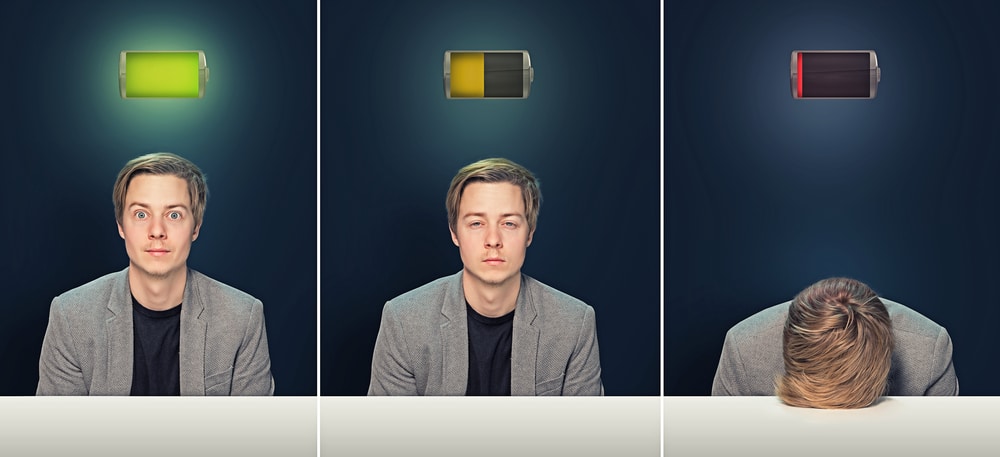
Do you often feel tired during the day, regardless of how much sleep you’ve gotten? Do you snore loudly or have difficulty breathing at night? If so, you may be suffering from a sleep disorder. Sleep disorders are surprisingly common, but they can be difficult to diagnose and treat. In this blog post, we will […]
Don’t Believe the Hype: 3 Common Sleep Apnea Myths Debunked

Snoring and sleep apnea are two of the most common sleep-related disorders . Snoring is a noise that is made when air flows through a partially collapsed airway , causing the soft palate and other tissues to vibrate. Sleep apnea is a more serious disorder that occurs when a person stops breathing for short periods […]
Does Dental Snoring and Sleep Apnea Treament require a Medical Diagnosis
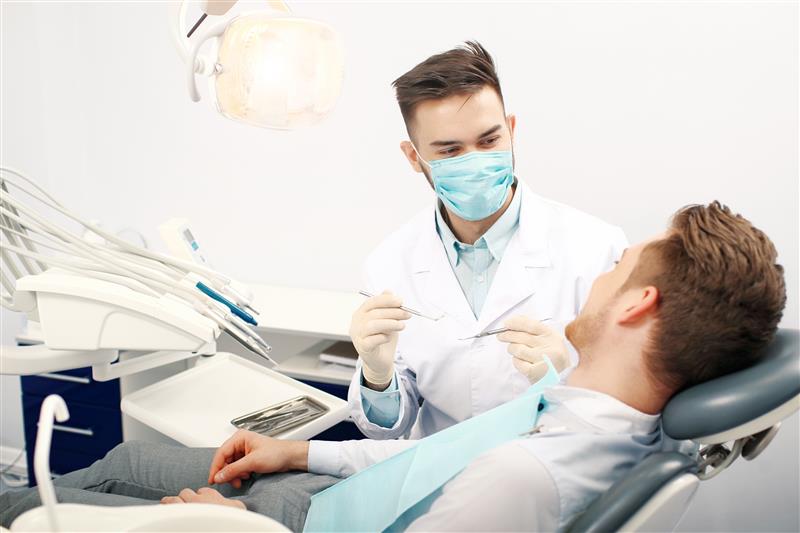
It is estimated that there are 2.5 million people in the US that have sleep apnea. . Sleep apnea is a condition that can be life threatening and is required to be diagnosed by a sleep physician using specialized equipment that is not available everywhere
I tried SilentNite sl for my OSA – Here’s what Happened
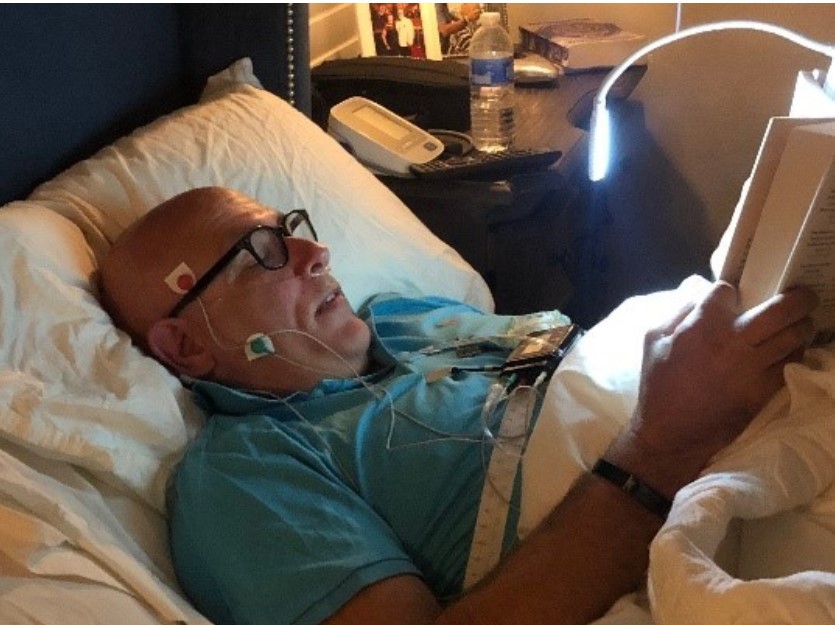
untreated sleep apnea is a cause of daytime sleepiness and bed partner disturbance. A Silent Nite SL dental appliance can be a great solution. This article describes a personal journey to treatment with a home sleep study and a dental device.
Sleep Apnea: It’s All About Airflow

Application of sleep therapies requires diagnostic procedures that isolate and quantify the disease. Where possible the same diagnostic procedures should be used to calibrate or manage treatment.
Here is what no one tells you about Pulse Oximetry
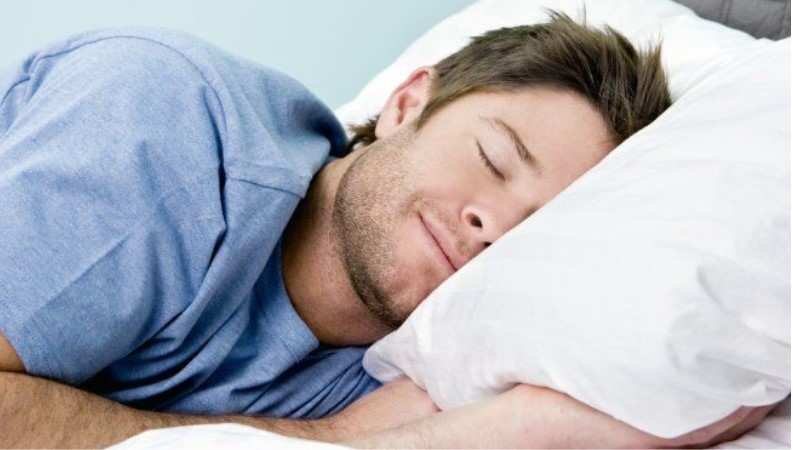
Pulse oximetry is the non-invasive measurement of a person’s oxygen saturation, the value expressed is SpO2. The most common forms of SpO2 testing is with a sensor attached to the finger, earlobe (pediatric application is often on the child’s toe), or forehead (reflectance testing). It is important to understand that perfusion, skin pigmentation and thickness, ambient light sources and nail polish and acrylic nails all will affect the acuity of pulse oximetry or SpO2 testing.

